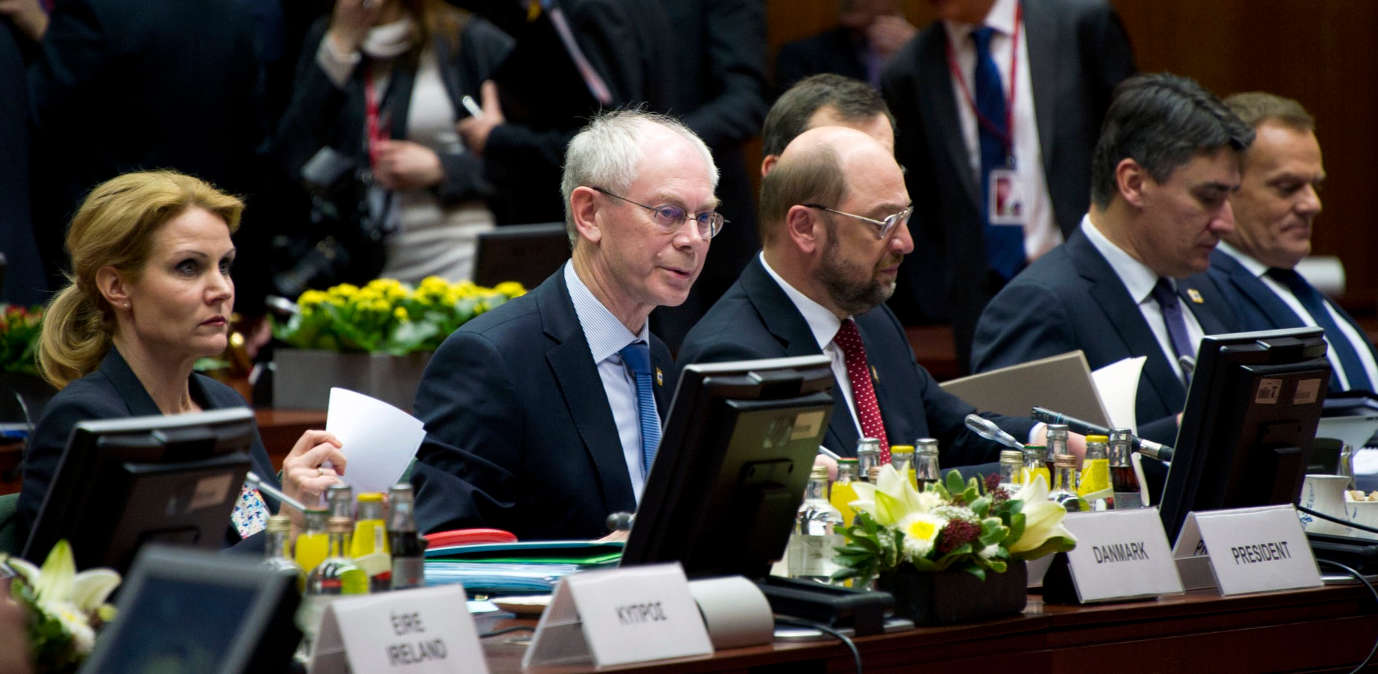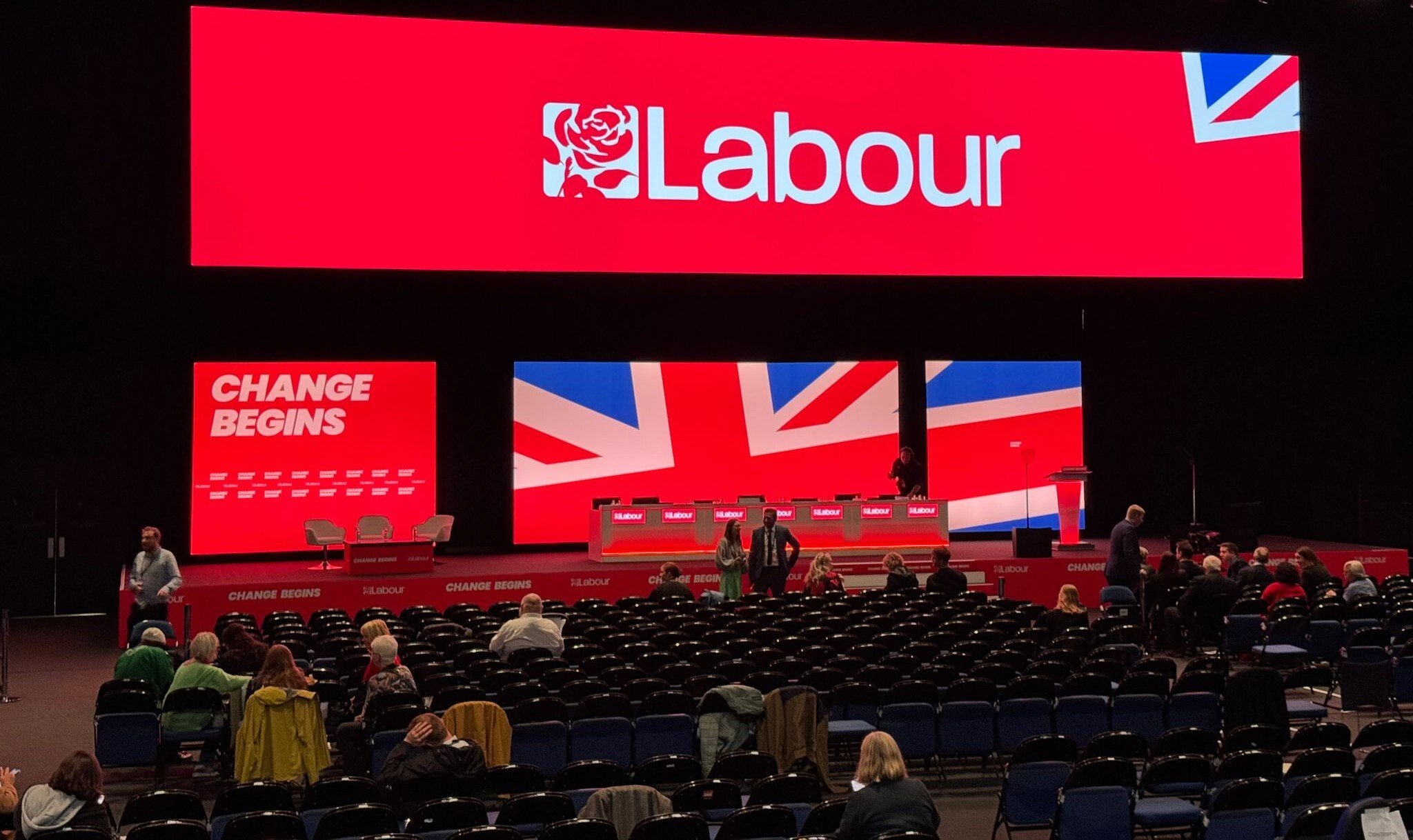European Council: 2030 Climate and Energy Framework
by Inline Policy on 22 Oct 2014
This Thursday and Friday, 23 and 24 October, at the European Council in Brussels, EU Heads of Government will take their most significant decision on climate change and energy policy for nearly six years, i.e. since the 2020 framework was passed into legislation. On the agenda this week is a prospective political agreement on the policy framework for climate and energy up to 2030, setting relevant targets to deliver that framework. Energy security is also on the agenda, with the Council reverting to its discussions in June on the European Commission report on how to reduce dependence on Russian gas.
This piece outlines why the decision 2030 targets matters, what is likely to emerge from the Council, what the principal implications will be, and the resulting next steps.
Why does this matter so much?
There are two main reasons:
1) The EU has an overall aspiration to reduce its greenhouse gas emissions by 80-95%, compared with 1990 levels, by 2050. This goal is the driver for the decarbonisation strategy which the EU has been pursuing for most of the past decade. Despite sizeable economic and political shifts, decarbonisation has essentially stayed on track. Although many scientific experts and environmental campaigners maintain that the proposed framework (see below) is not sufficiently in line with the 2050 goal, a political agreement coming out of Brussels this week will basically confirm that the EU’s decarbonisation strategy remains intact;
2) A political agreement would also provide some much-needed clarity for business and investment on the direction of travel and the detailed legislation which is likely to follow. Conversely, failure to make a decision in Brussels would introduce unwelcome uncertainty at a time when there are renewed concerns about the European economy.
There is also a third, related reason why a decision on the framework matters. This is in the context of the international climate change negotiations and the crucial Paris conference in December 2015. In the run-up to Paris, parties have been requested to submit their proposed emissions reductions targets for the post-2020 period. The EU would expect to be heading the queue of party submissions in Q1 next year: Against that background, no political agreement in Brussels would place political leaders in a quandary and severely impact Europe’s ability to play a leading role in the negotiations as it has traditionally done.
What will emerge from the European Council?
Since the European Commission first published a draft framework of targets in January, the likely outcome has remained broadly settled. Although pressure has built on renewables and energy efficiency targets, the latest leaked Council conclusions bear strong similarities to the January draft, viz:
- an overall binding Green House Gas (GHG) emissions reduction target of 40% for 2030;
- a 2030 target for renewable energy sources, binding at EU level only; and
- an indicative 2030 target of 30% for energy efficiency.
It would be very surprising now if an agreement constructed around these headline targets does not emerge. Despite the continuing obstructive noises from the Poles (who only last week were still talking about the possibility of a veto), the consensus is that a political deal will be struck. This is partly because some of the detail (outlined further below) in the conclusions would involve concessions to the Poles and other eastern and southern (lower-income) member states; but mostly because Poland has over the whole of this nine-month period been unsuccessful in mobilizing substantial political opposition and momentum has therefore never been with them (according to the latest reports, even the Czech Republic and Hungary are prepared to accept a 40% GHG reduction target, and Polish negotiating tactics at the Council are probably concentrating more now on extracting maximum concessions).
German lobbying for a higher renewables target (30%) and binding obligations on both renewables and energy efficiency have both upped the pressure in these areas. But an assessment of member state positions on renewables and energy efficiency would indicate that – compared with the near unanimity on the emissions reduction target - there are a variety of negotiating positions varying between the ambitious (Germany, Denmark, Sweden), those less so (Poland, Lithuania), and those who prefer the single target approach (UK). Hence the compromise, which will suit the UK Government just fine.
Some of the detailed language in the conclusions will be important in steering how individual policy areas are taken forward:
- EU ETS: the leaked draft “talks of a well-functioning, reformed Emissions Trading System (which) will be the main European instrument to achieve this (40%) target.” The language may not be to Polish liking but, if approved, will be helpful to advancing the current proposals on ETS reform (see Next Steps below for further analysis on this). It will be welcomed by those who consistently advocate that the ETS must be the cornerstone policy of decarbonisation.
- Use of Revenues: the NER-300 has been the vehicle fund for using carbon (ETS) revenues to support investment in low-carbon technologies. Its success has been limited so far, in part because of the low carbon price. Policymakers have indicated their continuing support for the vehicle and upgrading it to an NER-400, i.e. with an increased endowment. Campaigners might be disappointed that the opportunity is not being taken to overhaul existing funding and budgetary structures in order to mobilise more investment for the sector. There might in any case be scope for the Commission in its follow-up to think about more imaginatively about incentivising low-carbon investment, especially if it’s supported at the highest level.
- Low-income Member States: the draft conclusions also envisage the establishment of a reserve which can improve energy efficiency and support modernisation of the energy sector in EU low-income member states, i.e. those in central and eastern Europe. This proposal, making some financial support conditional on the transition to a low-carbon economy, is a smart move. It’s not clear how much Poland will really like this. Some in the government would much rather the continuing propping-up of their coal-based power sector; although there may be sufficient flexibility in the passages on burden-sharing, carbon leakage and competitiveness to give the Poles (and some others) the financial concessions they are demanding for their energy industries.
- Energy Security: there is little new detail to add to what the Council said in June on the Commission’s energy security communication. But the latest draft has been adjusted to reflect the importance of indigenous energy sources (for which read, shale gas) and the contribution of low-carbon energy to energy security diversification.
- Investment: the draft conclusions speak vaguely of the completion of the integrated energy market. However, some of the investment community will be disappointed that the Commission’s previous proposal to raise the target for internal electricity interconnections to 15% is not in the latest draft. This suggests a veto by France, who have less interest in improving the interconnectivity of the continental electricity grid than say their southern neighbours.
European leaders are scheduled to discuss the 2030 framework late afternoon of 23 October. The Council itself should break up at lunchtime on 24 October, and the final Conclusions should be released then.
Principal Implications
The most important implication will be for the EU’s decarbonisation policy as a whole. With the new Commission only taking office next month, and the new Parliament still settling in, there are understandable reservations about the commitment of the institutions to the low-carbon economy, against the background of ongoing concerns about the state of the European economy. A political agreement on the main outlines of the framework will settle some of the arguments and give a direction for European policymakers and regulators over the next five years. It would be seen as a victory for those supporters of the low-carbon economy and green growth – it would also be a sobering moment for the Poles who might reflect that, if they couldn’t muster enough support at this time (when high energy prices and economic stagnation are so high up the agenda), the conditions might not as promising again. A 2030 agreement will also add to the growing questions about the future of coal in Europe over the medium to longer-term.
Language on the specific 40% target - if that is what is agreed - will be worth monitoring. Some member states like the UK and Germany would like the wording “at least” to be used, to allow for the possibility of an increased 2030 target should others properly come to the table at the Paris COP.
A political agreement would also be a big shot in the arm specifically for the EU ETS. An agreement will provide the solid underpinning for structural reform to go forward. No-one should pretend that the ETS will still face major problems (and opposition from vested interests); and it has much to do on recovery both on price and as a credible policy instrument.
But policymakers do seem determined to keep the EU ETS at the heart of the low-carbon approach; and the lessons learned over the last six years, plus signs that other major economies and the international business community are taking carbon pricing more seriously, should encourage market participants (regulated companies and financial intermediaries) that the politicians are getting a tighter grip on the ETS.
Finally, a decision on targets now will make the EU well-placed to play a prominent role in the run-up to COP 21 in Paris. September’s Global Climate Summit in New York, while still being louder on rhetoric than action, did give the impression that politicians and business are pushing climate change back up their own individual agendas. This would certainly apply to the US and China, where significant domestic decisions are being taken: agreement on the 2030 framework would also ensure Europe’s place at the top table.
Next Steps
Provided there is an agreement on the lines described above, the lead will then be passed back to the Commission to craft detailed legislation which puts the headline targets into practice. Some big questions will need to be clarified, notably: how to enforce an EU-wide renewables target without national targets to support it; and how to avoid the impact of overlapping targets, especially on the ETS. It would be premature to consider a legislative timetable at this stage.
More broadly, it will be interesting to see how these decisions read across to the agenda of the new Commission President, Jean-Claude Juncker. There’s a lot of speculation in Brussels about Juncker’s big idea on a €300 billion public/private investment programme to kick-start economic growth and what in practice can be done. Renewables and energy efficiency – plus grid connectivity – have been singled out as priority areas for investment, and it will be interesting to see whether Juncker’s innovative Energy Union structure can make a difference in this area.
Most immediately, those handling the Market Stability Reserve (MSR) proposal for the EU ETS will pursue the timetable they have already set out, which envisages passage of the legislation by next summer. This measure, intended to give the ETS the flexibility and responsiveness it has long needed, is the principal piece of pre-2020 ETS-related structural reform over the next two years. It remains to be seen whether the institutional process in Brussels will see the MSR on the statute book in less than 12 months.
(Photo / CC BY-NC-ND 2.0)
Topics: European Politics, Energy policy, UK politics







Comments